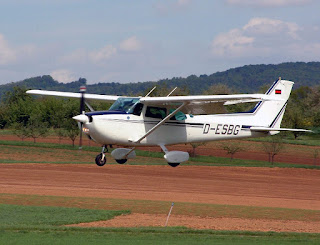SUPER O.C.D. NERD MODE GO!
It seems there is not a comprehensive list of alarms on the ships from Star Trek. I'm not going to upload the sounds, because I don't have time, and it might draw the ire of copyright lawyers.
These alarms change from time period to time period depending on what Starfleet R&D finds to be the most effective, so while the alerts themselves may not change, the audio accompanied by them will.
Boatswain's Whistle
Aural cue used to signify that the commanding officer, executive officer, or acting commanding officer of a vessel or base is about to address personnel via the public address system.
Condition Green
Aural and visual cues to signify that a higher alert status has been canceled. Momentary aural and visual cues.
Yellow Alert
Aural and visual cues to signify that a yellow alert has been declared. Usually followed by computer aural warning. Typically defensive shields are activated, hatches sealed, and typically shuttle bat doors closed. Some personnel report to particular duty stations. Momentary aural and continuous visual cues.
Red Alert
Aural and visual cues to signify that a red alert has been declared. By policy, followed by verbal instruction from the officer that declared the alert status via public address systre. Defensive shields are activated, hatches sealed, and typically shuttle bat doors closed. All hands report to battle stations. Weapon systems (directed energy weapons, such as phasers, and torpedo systems, such as photon or quantum powered and armed. All hands report to particular duty stations. Momentary aural and continuous visual cues.
Intruder Alert
Aural cues indicating an intruder. Momentary aural cues. Can be triggered automatically or manually.
Proximity Alert
Aural cues indicating an object within predetermined proximity. Momentary aural cues, usually localized to command area (bridge, operations, etc.). Can be triggered automatically or manually.
Blue Alert
Aural and visual cues to indicate any of the following conditions: Docking maneuvers, hull separation maneuver, landing maneuver. Momentary aural and continuous visual cues.
Evacuation Signal
Localized Aural warning to evacuate a particular area. Commonly heard in engineering sections. Can be triggered automatically or manually. Continuous aural cues.
Abandon Ship
Similar to evacuation signal. Aural and visual cues to abandon ship followed with verbal instruction. Can be triggered automatically or manually. Continuous aural cues.
General Warning Tone (almost exclusivly seen in latter TNG, DS9, and VOY)
A tone used to indicate a problem. Generally used in conjunction with a control panel (i.e. speed warning on helm controls). Usually accompanied by computer aural warning. Typically heard during audible self destruct countdown. Can be momentary or continuous.
And while I'm here, I might as well address the two types of self destruct these ships have. Every Star Trek fan knows that a ship's main power source is a "warp reactor core" fueled by matter/anti-matter reactions, but many fans do not know that these ships also have fusion reactors to supplement the reactor core. Generally, when a crew decides to scuttle the ship, the self-destruct mechanism will detonate the fusion reactors, resulting in almost complete destruction of the ship, with minimal collateral damage. When the ship itself is to be used as a weapon, instead of, or in addition to detonating the fusion reactors, the entire supply of deuterium and anti-deuterium will flood the engineering section causing a much more massive explosion (similar to a warp core breach, but intentionally creating the largest possible destructive yield). This causes far greater collateral damage, which may prove beneficial in combat as a last resort, but will cause far greater collateral damage and fallout.





